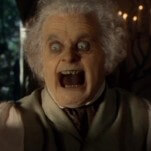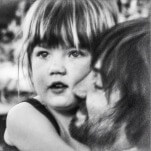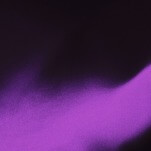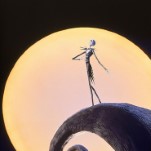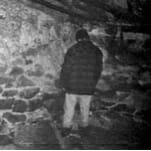It Lives Inside‘s Hindu Folk Horror Is Bad, and That’s OK
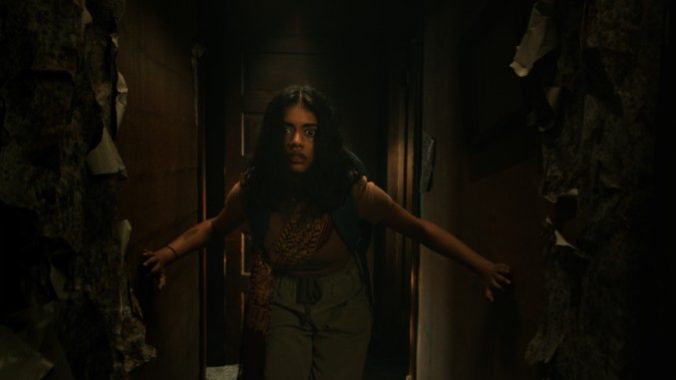
There’s value in diversifying horror’s most familiar tropes, just as there’s value in making inclusivity so normal that there are just as many average-to-terrible queer movies, Indigenous movies and disabled movies as there are average-to-terrible movies made for and about straight, able-bodied white folks. The more times seemingly dissimilar groups go through their own versions of a genre’s formal conventions, the easier it is to appreciate these differentiating factors while recognizing the greater connectivity lurking underneath. Rather than a symptom of homogenization, this showcases how our shared fears and hopes persist through a multicultural lens. A Hindu character using a mantra, a spiritual weapon every Western horror audience knows (“The power of Christ compels you!”), to defeat a demonic presence is enriching in part because of its seamless integration into the genre. And yet, simply adding a sheen of cultural specificity to something like the monstrous metaphor—especially one as mixed as It Lives Inside’s uncertain hydra of assimilation and pubescent angst—will still result in the half-hearted, ineffective execution of a formula.
Writer/director Bishal Dutta’s feature debut is quickly distracted away from all the elements that initially make it stand out. We meet Samidha (Megan Suri) as she’s shaving her arms, putting on preppy clothes and speaking Hindi for her white friend’s social media clout. She pines over Russ (Gage Marsh), a happy-go-lucky hunk with comically floppy hair. She goes by Sam. Her mom (Neeru Bajwa), more than her non-character dad, resents all this. Sam’s childhood friend Tamira (Mohana Krishnan) is far less concerned with selling her culture for popularity. She sticks to tradition. Thing is, she’s also haunted by the black, scorched residue at the bottom of the mason jar she carries around. It lives inside, you see.
It Lives Inside gestures at the larger theme—the damaging cultural shame and pressure to conform faced by the children of immigrants—coursing through its setting, but only at its bookends. A Scooby-Doo high school haunting tiptoes between these broadstroke supports, evading anything novel or frightening in favor of Dutta’s calling-card flourishes and a confusing creature.
After the demonic pishacha that Tamira totes around inevitably escapes, Tamira disappears. In the course of sloppily investigating this, Sam has bad dreams, gets her crush Russ and over-involved teacher Joyce (Betty Gabriel) wrapped up in things, and otherwise follows horror-heroine worst practices as best she can. Her foe follows suit.
Though rooted in folklore, the pishacha is confoundingly untethered. Not only are its aims vague (it needs to mentally break its victims in order to devour their souls…eventually), the ways it interacts with the movie and its inhabitants are indecipherable.
Is it a spirit, or is it a creature? Is its presence in your dark closet, glowing eyes peering out, an inescapable haunting? Or did it just walk in there? Sometimes the pishacha seems incorporeal, unable to be grabbed by a fearful Joyce; then, it pushes its face against a shower curtain. To build suspense (and, presumably, to save a little money), the pishacha is almost entirely invisible until the end of the movie, when it’s revealed as a wet, dog-like Mad God monster mostly made of teeth. But its invisibility also doesn’t make a lot of sense. When a character is killed by the pishacha strangling him with a swing set, we can’t make out traces of the invisible demon actually doing it. It’s more like a standard poltergeist movie, where an omnipotent force, unattached to any physical being, just snags a character and shakes them around like a rag doll, defying gravity. But then the rules change again, and the pishacha seems to have a cloaking device akin to the Predator—a toss of powder is enough to reveal the otherworldly attacker.
-

-

-

-

-

-

-

-

-

-

-

-

-

-

-

-

-

-

-

-

-

-

-

-

-

-

-

-

-

-

-

-

-

-

-

-

-

-

-

-

